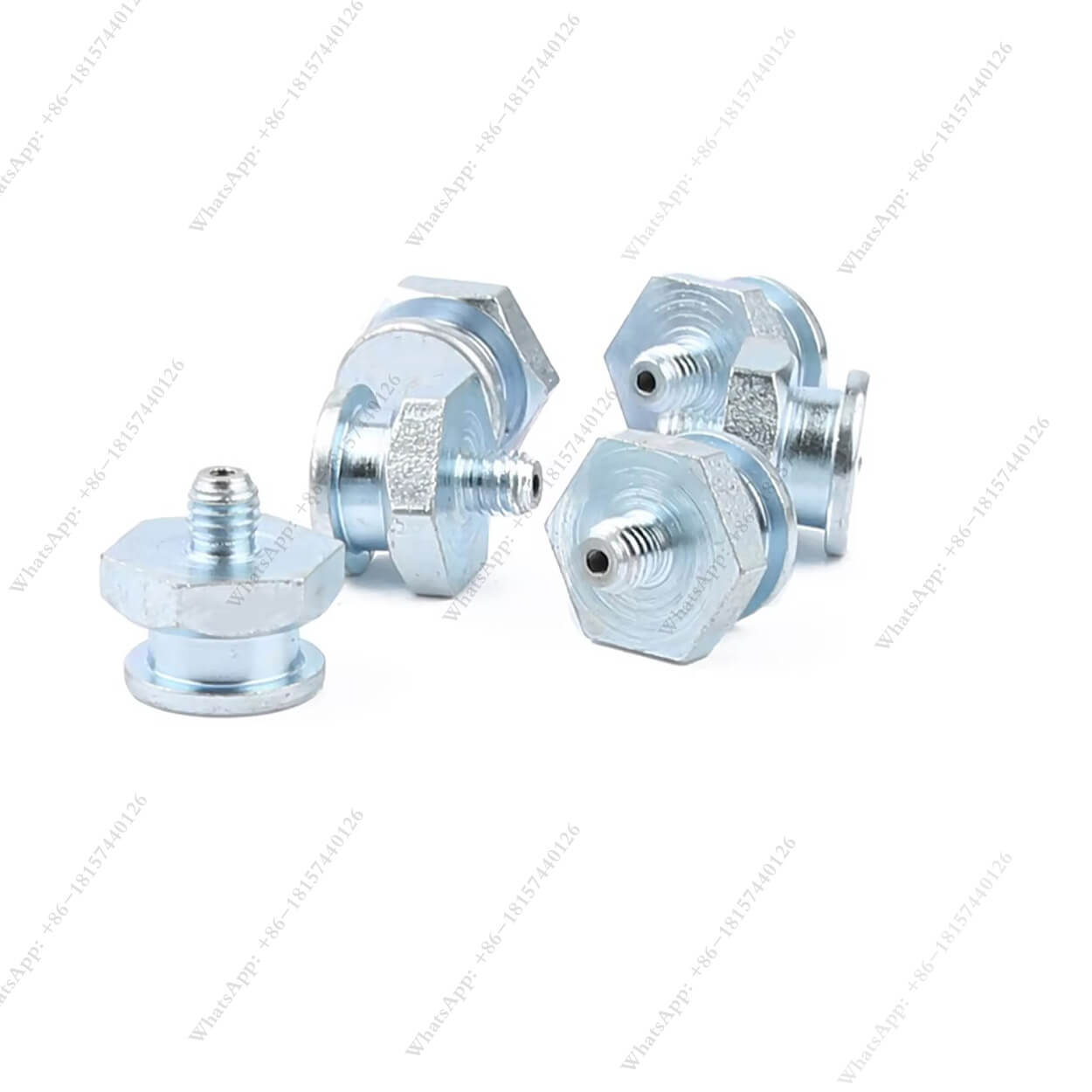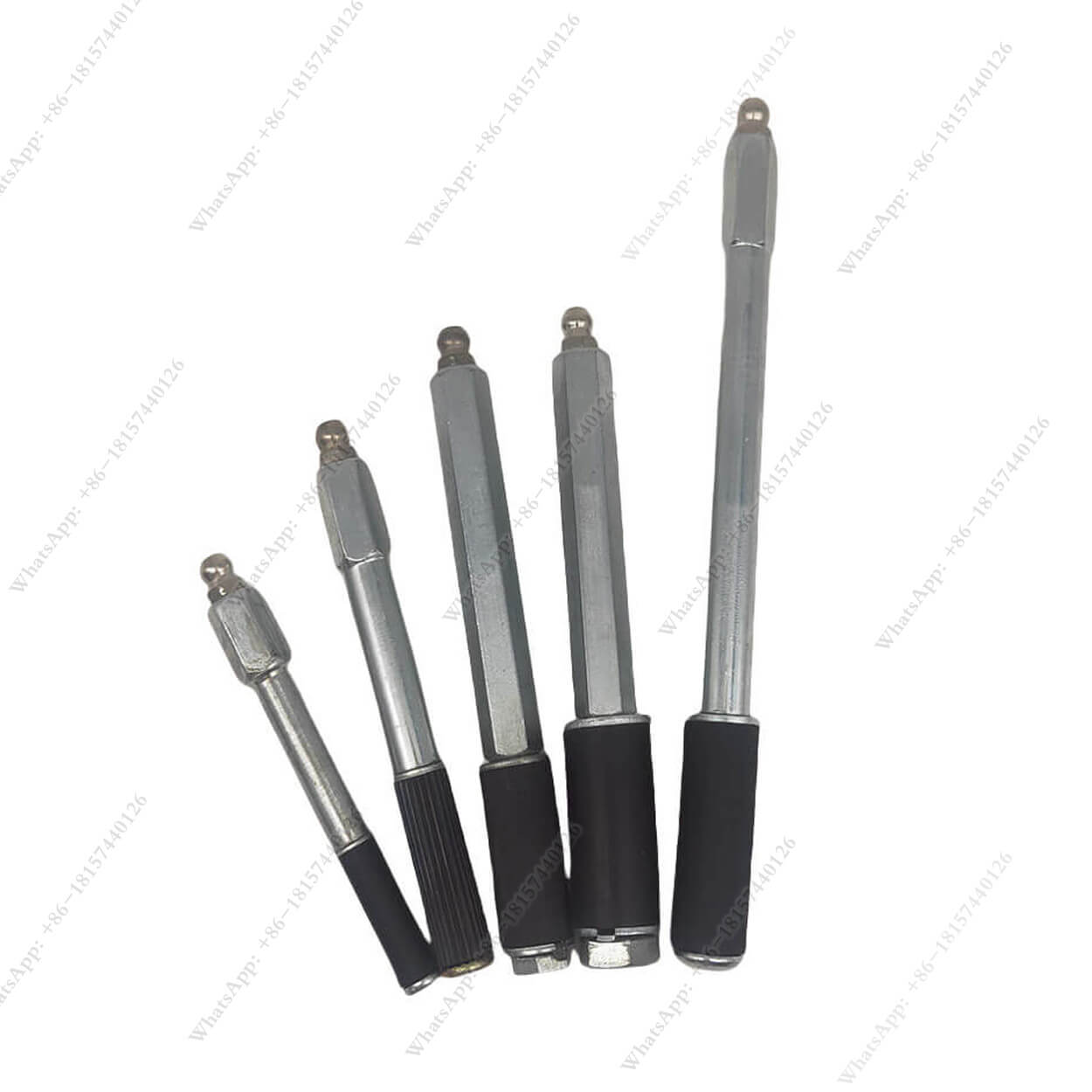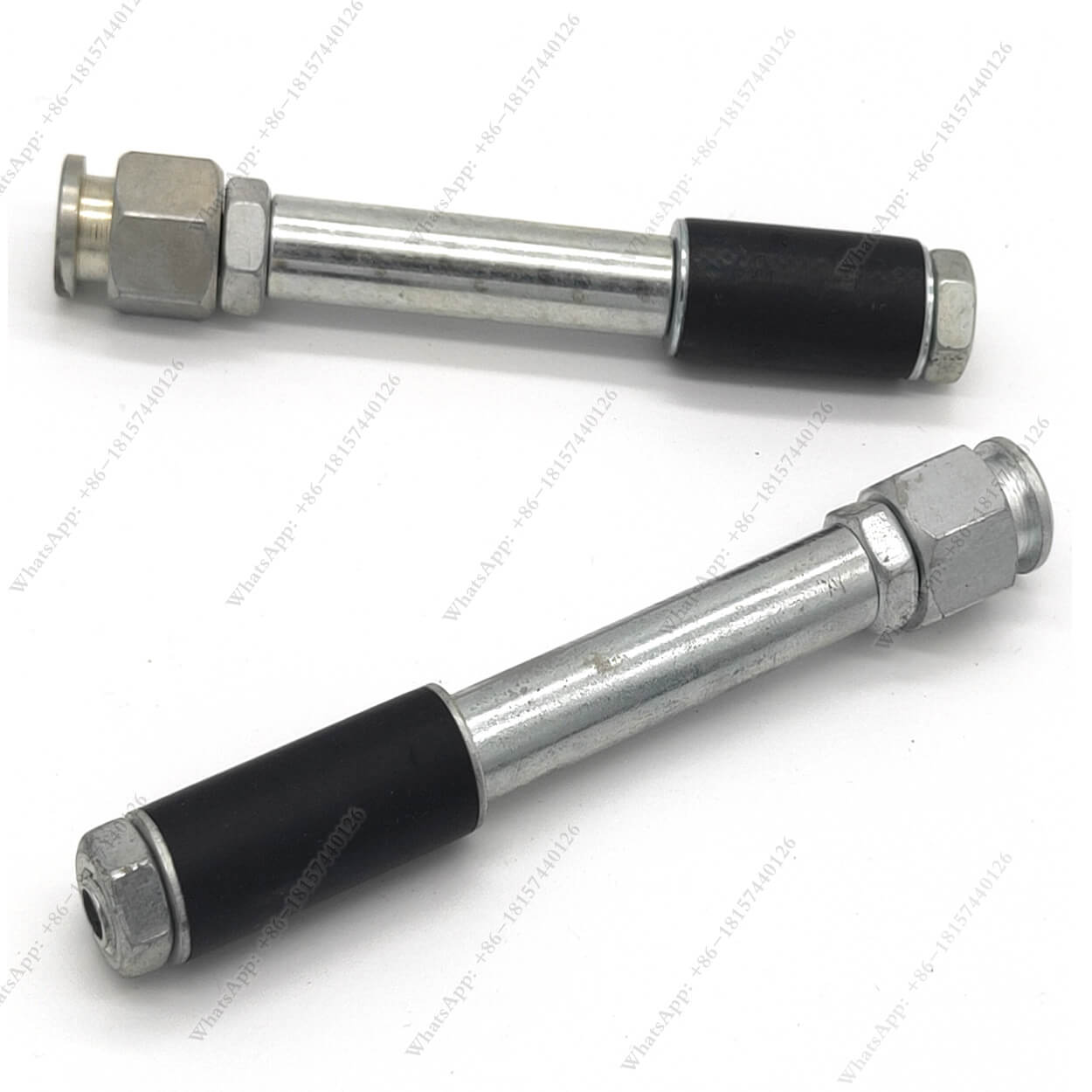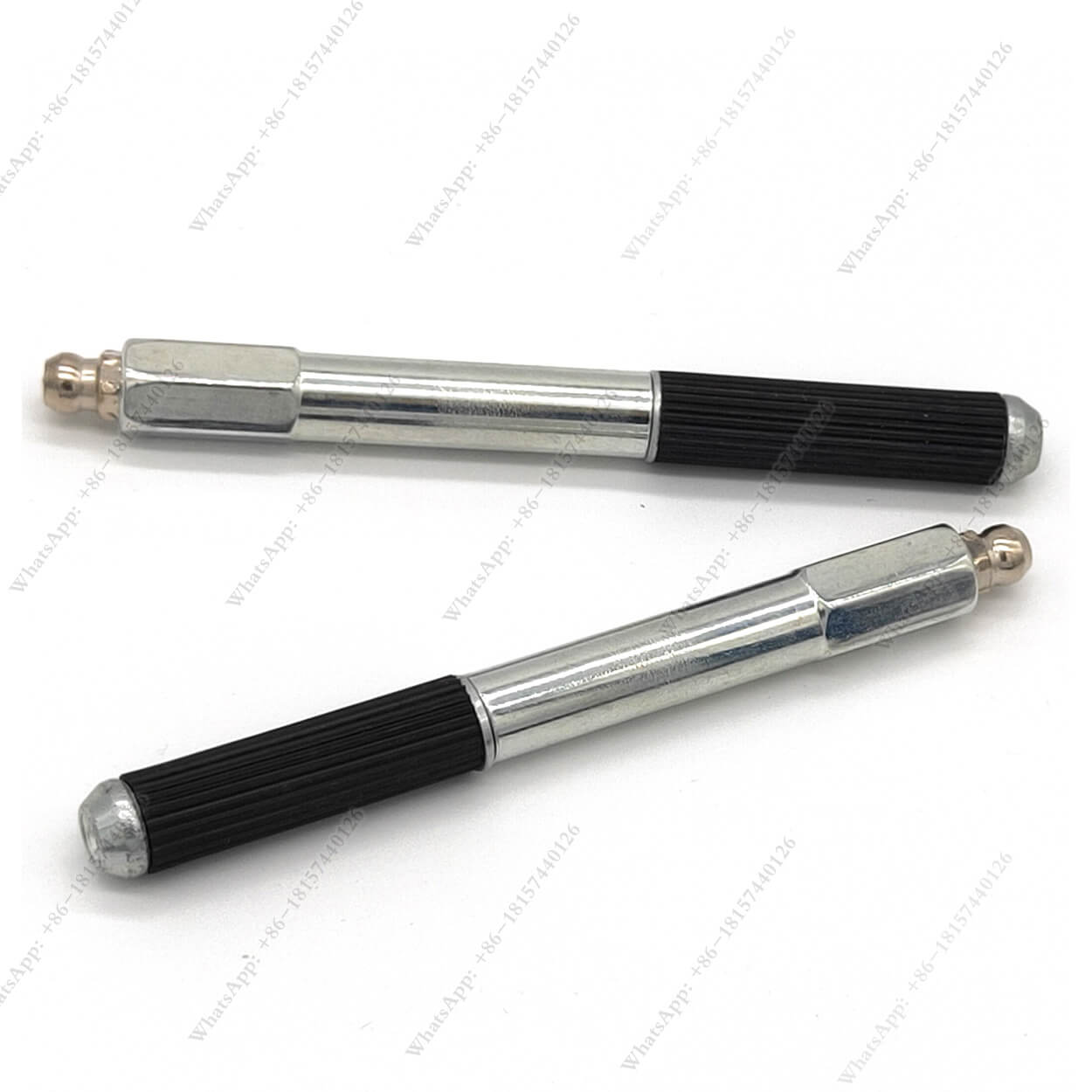How to Fix Foundation Cracks: Comprehensive Guide to Repairing Cracks in Your Concrete Foundation
Table of Contents
Summary
This article will guide you through identifying different types of foundation cracks, why they occur, and how to fix cracks effectively. Whether you’re dealing with hairline cracks or more severe issues, knowing when and how to repair them is essential for the stability and value of your home. Let’s dive into everything you need to know about repairing cracks in your foundation—from types and causes to practical DIY solutions and professional help options.
What Causes Foundation Cracks?
Foundation cracks can develop due to various factors, from soil pressure to temperature changes and water damage. Over time, soil surrounding your foundation can expand, contract, and shift, which places stress on the concrete. Additionally, extreme weather conditions, such as heavy rainfall or drought, can contribute to the formation of cracks in your foundation.
Types of Foundation Cracks: Identifying and Understanding Each Type
Not all foundation cracks are created equal, and identifying the type of crack can help you determine the appropriate repair strategy. Here are common types:
- Hairline Cracks: Often occur due to shrinkagein concrete as it cures.
- Vertical Cracks: Typically less concerning, but can indicate foundation settlement.
- Horizontal Cracks: Often signal serious structural problems due to hydrostatic pressure.
- Diagonal Cracks: Usually caused by uneven soil settlement around the foundation.
Knowing which type you’re dealing with is crucial for choosing the right repair method.
When to Worry About Foundation Cracks?
Not all cracks require immediate attention. Here’s when you should consider repairs:
- Crack Width: If a crack is wider than 1/8 inch, it’s usually a sign of more significant stress.
- Location and Direction: Horizontal cracks, especially in basement walls, indicate high soil pressure and may need professional intervention.
- Moisture Presence: Water seepage through foundation cracks can worsen over time, leading to mold or structural weakening.
DIY Foundation Crack Repair vs. Professional Help
Simple cracks, like hairline cracks or minor vertical cracks, can often be repaired by homeowners. However, horizontal cracks, wider gaps, or recurring cracks may require professional foundation repair services.
DIY Foundation Crack Repair Steps:
- Clean the crack area thoroughly.
- Inject epoxyor apply a concrete sealant.
- Monitor the area for future changes.
Professional help is recommended for extensive cracking or foundational shifting to ensure long-term stability.
Horizontal vs. Vertical Foundation Cracks: Differences and Solutions
Horizontal cracks can indicate serious structural issues, often resulting from excessive soil pressure against the foundation wall. Vertical cracks are more likely due to concrete shrinkage or minor settlement.
Repairing Horizontal Cracks
- Typically requires reinforcing the wall or installing anchors.
- May need professional waterproofing to prevent further pressure.
Repairing Vertical Cracks
- Epoxy injection is often effective.
- For larger gaps, a polyurethane foam injection may be suitable.
How to Repair Hairline Cracks in Concrete Foundations
Hairline cracks are common and usually not a structural concern, but they can allow moisture to seep into the foundation. Here’s a step-by-step method for addressing them:
- Clean the Crack: Remove dust and debris from the crack.
- Apply Epoxy: Use an epoxy injection or other concrete repair products designed for narrow gaps.
- Seal the Surface: To keep moisture out, apply a water-resistant sealant.
Repairing Larger Foundation Cracks: Methods and Techniques
For larger cracks, epoxy injection or polyurethane foam can be effective, but it’s essential to evaluate the cause and ensure the repair will hold.
- Epoxy Injection: Bonds crack walls for structural integrity.
- Polyurethane Foam: Expands in the crack to block water and stabilize the area.
Epoxy Injection for Foundation Crack Repair
Epoxy injection is a popular and effective method for repairing foundation cracks. It’s particularly useful for vertical cracks and hairline cracks but can also be applied to larger cracks if properly prepared.
- Surface Preparation: Clean and prepare the crack area.
- Injection Process: Inject the epoxy, ensuring it fills the entire crack.
- Curing Time: Allow time for the epoxy to harden and bond.
Using a Foundation Repair Kit: Pros and Cons
A foundation repair kit can be a convenient solution for smaller cracks, especially for DIY enthusiasts. These kits typically include epoxy or polyurethane foam, applicators, and sealants.
Pros
- Cost-effective for minor repairs.
- Easy to use with step-by-step instructions.
Cons
- Not suitable for structural or horizontal cracks.
- Limited durability compared to professional repairs.
Waterproofing Solutions to Prevent Foundation Cracks
Waterproofing your foundation is crucial for preventing new cracks from forming. Options include:
- Basement Waterproofing: Apply a waterproof sealant or install a drainage system.
- Exterior Waterproofing: Adding exterior sealants or membranes can shield your foundation from moisture.
- Gutter Maintenance: Keep gutters and downspouts clear to direct water away from the foundation.
Conclusion:Key Takeaways for Foundation Crack Repair
- Identify Crack Type: Knowing if a crack is hairline, vertical, horizontal, or diagonal is the first step.
- Monitor Crack Width: Cracks wider than 1/8 inch should be examined closely or repaired.
- Use Epoxy or Polyurethane: For small to medium cracks, epoxy and polyurethane injections work well.
- Waterproofing Is Essential: Preventative measures, like basement and exterior waterproofing, are crucial.
- Consider Professional Help: Serious cracks or those affecting structural integrity should be handled by professionals.
Comments
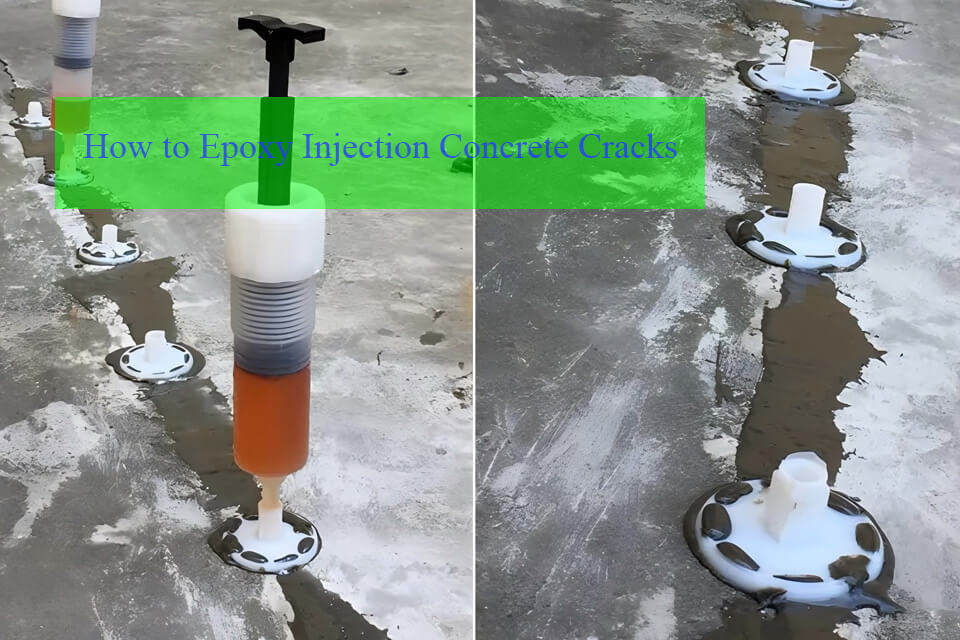
How to Epoxy Injection Concrete Cracks: A Comprehensive Guide
Concrete structures are prone to cracking over time due to various factors such as natural settling, temperature changes, and heavy loads.

The Advantages of Chemical Grouting: Strengthening Structures for a Safer Future
Chemical grouting is a powerful and versatile solution for strengthening soil, sealing leaks, and stabilizing foundations in challenging construction environments.
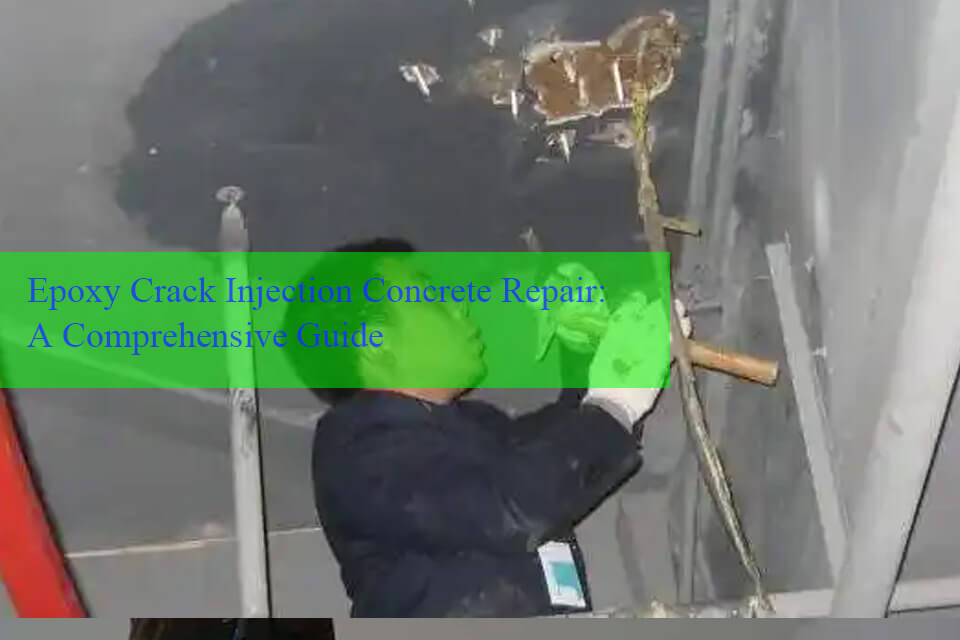
Comprehensive Guide of Epoxy Crack Injection Concrete Repair
Epoxy crack injection is a reliable and scientifically advanced method for repairing concrete structures, particularly those suffering from cracks.

Unleashing the Power of Portable Grout Pumps: Your Guide to Compact Grouting Machines
Looking to tackle a construction project that involves grouting but worried about heavy equipment? Discover how portable grout pumps can revolutionize your work!
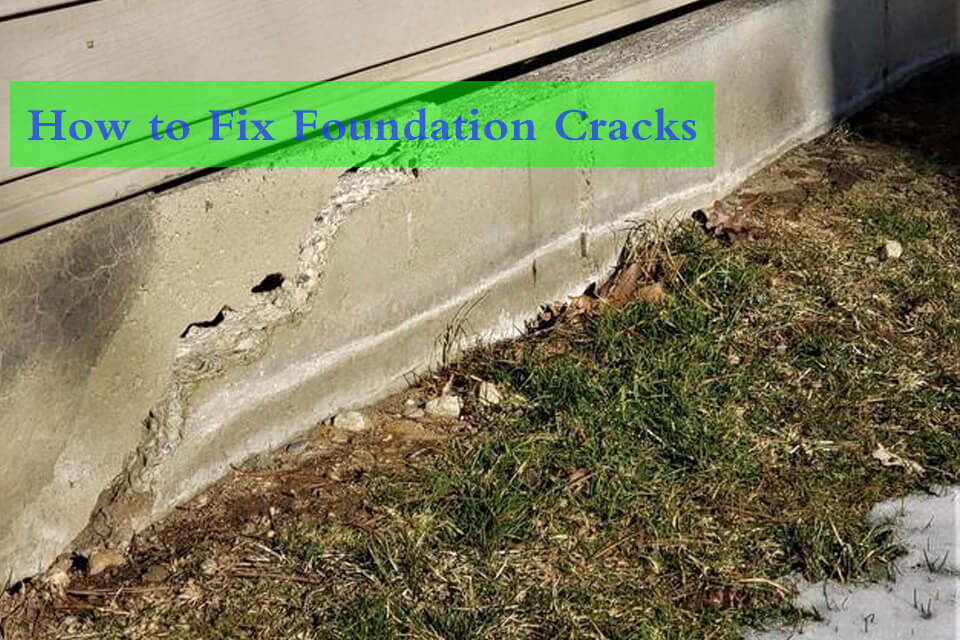
How to Fix Foundation Cracks: A Comprehensive Guide
Foundation cracks can jeopardize the structural integrity of any building, posing a risk to both property and safety.
- [email protected]
- +86 18157440126
- Mon-Sun 8:00-21:00
Tags
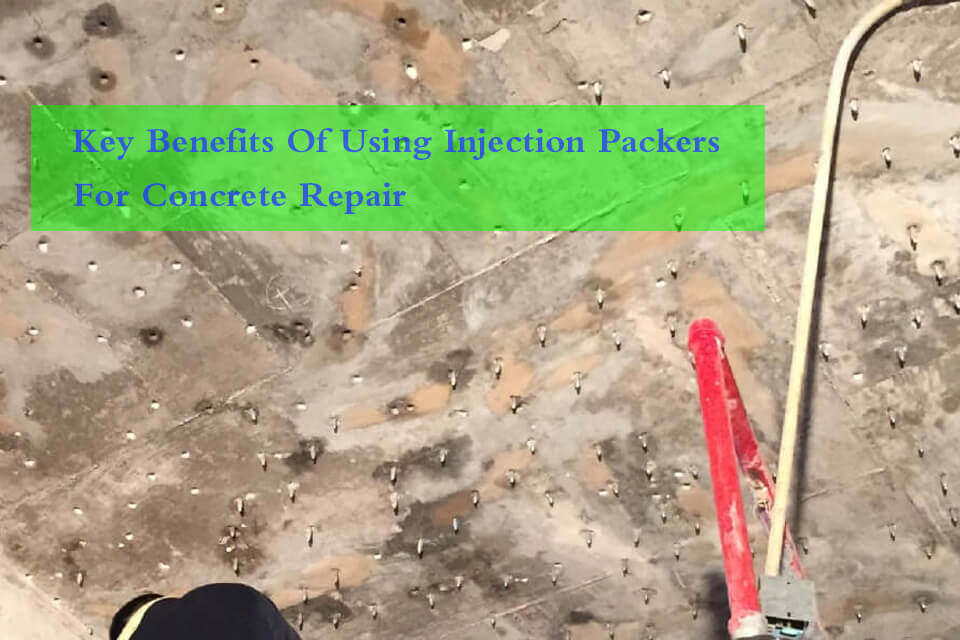
Key Benefits of Using Injection Packers for Concrete Repair
Injection packers are an essential tool for addressing cracks and structural deficiencies in concrete. These devices allow for precise application of repair materials

How to Repair Foundation Cracks Using Polyurethane Foam Injection
Foundation cracks can lead to serious structural issues if left unaddressed.

Discover the Best Grout Pump Machines for Efficient Concrete Applications
Grout pump machines are essential tools in construction, helping workers fill gaps and strengthen structures.

